Interview with Giorgio Ascanelli
“All endurance races are difficult. If you had to grade endurance races in levels of difficulty, at the top you would have the 12 Hours of Sebring, then the Spa 24 Hour followed by the Le Mans 24 Hour, the most famous and one in which just one engine is used. In the FIA GT championship, the 24 Hours of Spa is obviously the most demanding event and we were able to be competitive thanks to the reliability of our cars. It was a great result that rewarded the efforts of our team. The car was competitive throughout the entire weekend, allowing us to be faster on the track in each session. The Aston Martins were slightly quicker on a dry surface but they had some incredible reliability problems, above all with the brakes which dimmed their potential. We did not have any such problems.”
The Belgian race showed just how important the tyres are...
“The FIA GT championship, a bit like Formula 1, is a championship where the tyres play a crucial role. The 24 Hours of Spa was the ultimate proof of this. Our dry weather tyres went well but in the wet the Michelins excelled. Where we had a clear advantage was with the intermediate tyres. In the early stages, we were able to exploit their efficiency when the surface began to dry out. This was why we had three Maseratis in the first three places, even though Vitaphone and JMB Racing opted to use different compounds. Bertolini, for instance, was new while team Vitaphone employed a traditional mix that they had used often in the past, giving them a slight edge.”



For long periods of the race, three Maseratis occupied the top three spots. Did you ever think things would go wrong?
“No. Saying that, one should always expect the unexpected in racing. We had some electrical problems during the race and this, perhaps, is the car’s Achilles’ Heel. Once again, we managed to deal with the problem efficiently. We hope to receive even greater support from Magneti Marelli in future. The only worry came with the gearbox after the one on Babini/Biagi’s car gave out. We were concerned because, together with SKF, we thought that we had found the solution to the problem after Imola. Unfortunately, it takes a long time to resolve problems of this type and so we were not in perfect form. However, SKF and Maserati did all that they could to get things right. I cannot be complimentary enough about the efforts of the two companies. When the gearbox gave out, the race was over to all intents and purposes as we had a ten lap advantage. We still saw out the end of the race without too many worries. We were not overly concerned when Babini/Biagi’s steering column broke as a close inspection revealed that it was only due to running over a kerb a little too aggressively. This was the reason that we didn’t call the other cars back into the pits”.
The win in Belgium was an important result obtained against one of the most feared opponents in the 2006 FIA GT season.
“I am convinced that Aston Martins were the favourites going into Spa. They were quicker than we were in the dry and when it was very wet. However, I have to say that the FIA-approved aerodynamic modifications made to the car contributed significantly to improving the MC12s competitiveness. We surprised our English opponents who, like true sportsmen, congratulated us at the end”.
In any case, it was a deserved win and one that allowed for the writing of a new chapter in Maserati’s sporting history.
“Maserati Corse has worked very hard over the past three years and the 24 Hours of Spa is a prestigious and important win for the entire company, not only the sporting division. The experience gained in the United States was fundamental as it allowed us to continue developing the car on difficult, demanding circuits. Tracks in the US are very different to European ones. Clearly, there we do not have any specific reference points. Pirelli is working very hard on the parameters that will allow the production of tyres more suited to that type of surface. In Europe, thanks especially to the good work carried out with Ferrari’s tyre supplier, the situation is decidedly better. America is an important market for Maserati and so the experience gained this year is crucial for preparing us for next year if, as is hoped, the series takes off in the States”.
Despite the difficulties in the automobile world, Maserati is employed on more than one front in the world of competition.
“Competition is like innovation: it is necessary but expensive and risky. It is useful only if done continually. It is very unlikely, for example, that an automobile company’s sporting department that takes part in competition closes out the season by breaking even. This is due to the fact that in order to sell a car it needs to be winning and in order to win one needs to invest continually. However, competition is useful as it provides precious information on the product. Whoever goes into races will have two objectives: winning races and earning money. The second target can only be achieved once the first has been attained. To win, as I have said, calls for money…”
The regulations in Europe and the USA are very different…
“The rules are practically the same but their application is different. Every sporting authority that allows a car into a competition has a reference model in mind. In order to be admitted, one does not need to go faster than this benchmark. Further, we have to consider that promoters and ruling bodies of sports activities outside Formula 1 hardly ever look favourably on a constructor as this has, almost always, led to the failure of the championship. This is because private teams cannot compete against official squads and are forced to pull out. Given this, after having developed the roadgoing version of the MC12, we began planning the race car with the aim of it becoming a new point of reference for the American championship. This had the Corvette C5R as its top car, a better performing one than the 500 Maranello.
The car that was ready to make its track debut in July 2004 was, I think, a good match for the Corvette. The company’s original strategy changed and the decision was taken to run the MC12 in the FIA GT championship, supplying clients with the car. Here, the Federation has penalised our car three times over: first, before the Imola debut in 2004 when they added 1”5 a minute. The next occasion came this winter when they added another 1” a minute. Now they have assigned us another 40kg of ballast. In America, and for the reasons outlined above, we race with GT1 specifications and so are 1” off the pace of the C5R. Thus it was extremely difficult to consider beating not only this car but also its descendent, the C6R. This was developed to be even quicker than the C5R. Unlike the FIA, IMSA decided to adopt a different approach to Maserati. They are very happy to have us competing in the ALMS. An example of this was\when our appearance at Sebring was announced, tickets sales jumped 20%. They are gradually making some changes to the dispensations made to Corvette over the years. This will allow us to compete with the American cars on an equal footing”.
The same cannot be said of the FIA GT championship where, ahead of the next race in Zhuhai, the Federation has imposed a further 40kg of ballast on the MC12.
“Here the situation is difficult. For example, we are currently a little slower than the Aston Martins that do not compete in the championship and enjoy some special breaks. The English cars, however, have competed in the biggest ALMS, LMES and FIA GT races. In the MC12 we find ourselves in the position of having to fend off the Aston Martin without making changes to the car that would almost certainly result in more ballast being assigned for the next races. This has happened in the past. The research and development have costs that are difficult to justify if they are negated by an additional 20 or more kilos of lead. We tried up until the last moment not to use the aerodynamic modifications developed for Spa, though they were approved by the Federation”.







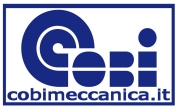

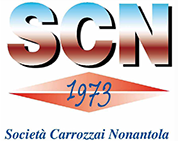

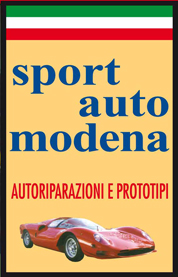

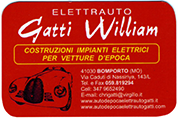




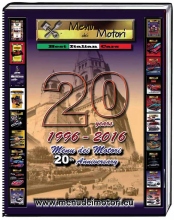 History of "Menu dei Motori"
History of "Menu dei Motori"
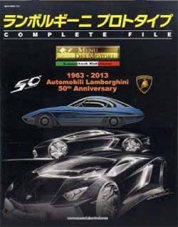
 DESIGN PROJECT
DESIGN PROJECT UNIVERSITA' DI MODENA
UNIVERSITA' DI MODENA

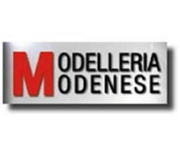



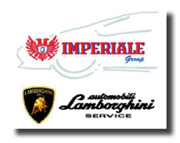
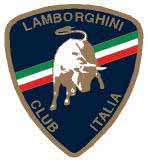
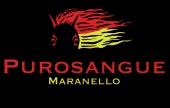
Comments
Nessun commento presente
Add Comment